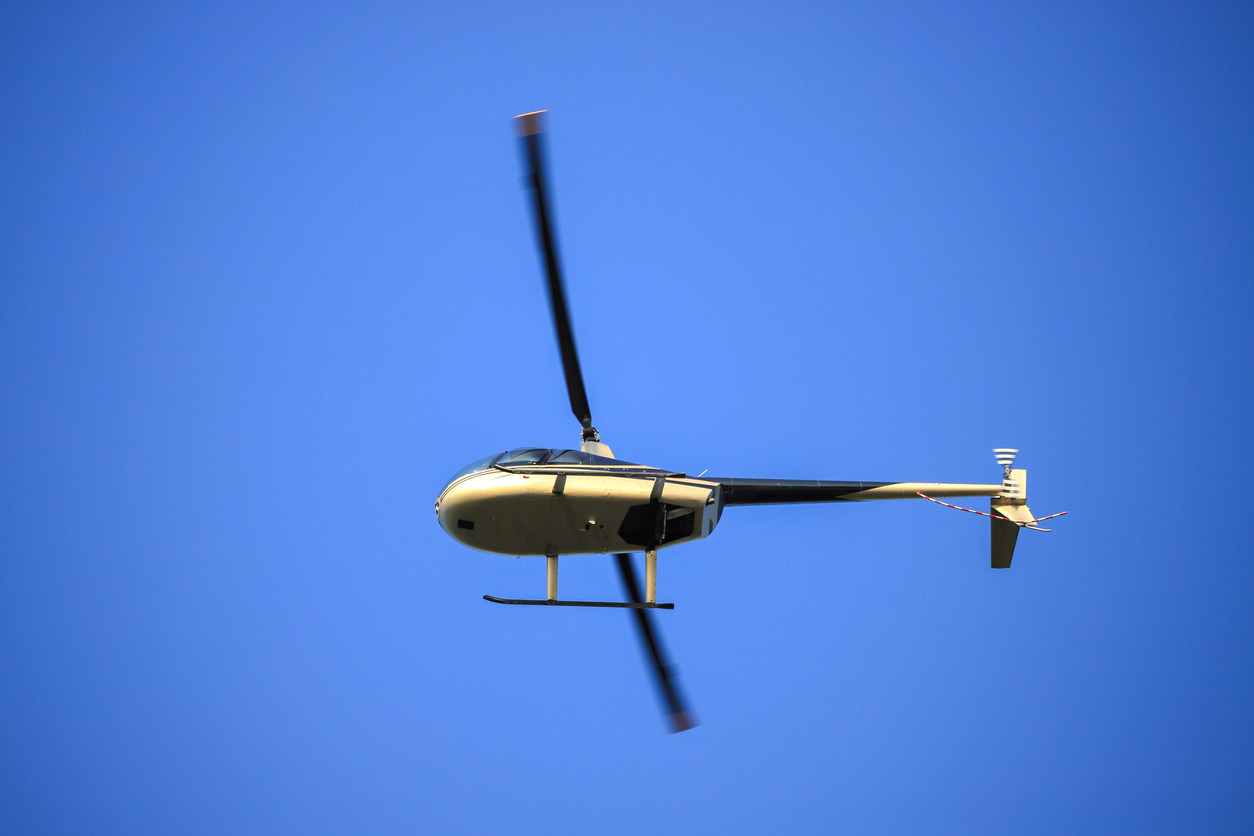WHERE CAN YOU LEGALLY LAND A HELICOPTER?

The legality of helicopter landings is subject to various regulations and restrictions that vary by country, region, and local jurisdiction. In general, helicopters have more flexibility in terms of landing locations compared to fixed-wing aircraft due to their ability to perform vertical takeoffs and landings. However, there are still specific rules and considerations that must be followed.
Here are some general guidelines for where you can land legally helicopters:
Designated Heliports and Airports:
Helicopters can legally land at designated heliports and airports. These facilities are equipped and approved for helicopter operations, ensuring proper safety standards are met.
Private Property with Permission:
Helicopters may land on private property with the landowner’s permission. This is often the case for emergency medical services, private charters, or other authorized operations. However, it’s crucial to obtain proper permission to avoid legal issues.
Public Landings:
Some regions have designated public landing areas for helicopters. These areas may include parks, open spaces, or other locations approved for helicopter landings. Pilots must check local regulations to ensure compliance.
Emergency Landings:
In emergencies, pilots are allowed to make precautionary or emergency landings in suitable areas. The primary concern is safety, and pilots are expected to use their judgment to choose the best available landing spot.
Restricted Areas:
Helicopters must avoid restricted areas, military zones, and other locations where helicopter landings are explicitly prohibited. Flight restrictions are typically marked on aviation charts, and pilots should be aware of these areas.
Noise and Environmental Regulations:
Some jurisdictions have specific regulations regarding noise and environmental impact. Helicopter operators may need to comply with noise abatement procedures or obtain additional permits, especially when landing in residential or environmentally sensitive areas.
Air Traffic Control Clearance:
In controlled airspace or near busy airports, helicopters may need clearance from air traffic control (ATC) before landing. This ensures coordination with other air traffic and enhances overall safety.
Special Events and Permits:
Helicopters may land at special events or temporary locations with the appropriate permits. Event organizers and helicopter operators need to coordinate with local authorities to ensure compliance with regulations.
It’s important to note that regulations can vary significantly between countries and even within different regions of a country. Pilots and operators should be familiar with the aviation regulations of the specific jurisdiction in which they are operating. Additionally, obtaining necessary permits, clearances, and permissions is essential to ensure legal and safe helicopter landings.
